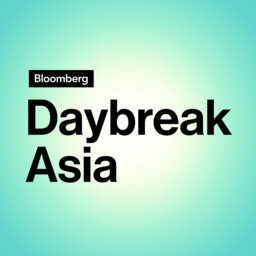Examining FX Volatility, The AI Trade
On today's episode, a look at FX volatility with Ju Wang, Head of Greater China FX & Rates Strategy at BNP Paribas. Plus, we explore how the AI trade is propelling markets with Larry Tentarelli, Chief Technical Strategist at Blue Chip Daily Trend Report.
 Bloomberg Daybreak: Asia Edition
Bloomberg Daybreak: Asia Edition


